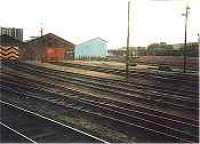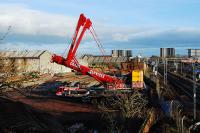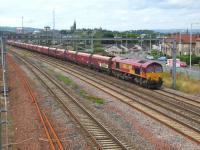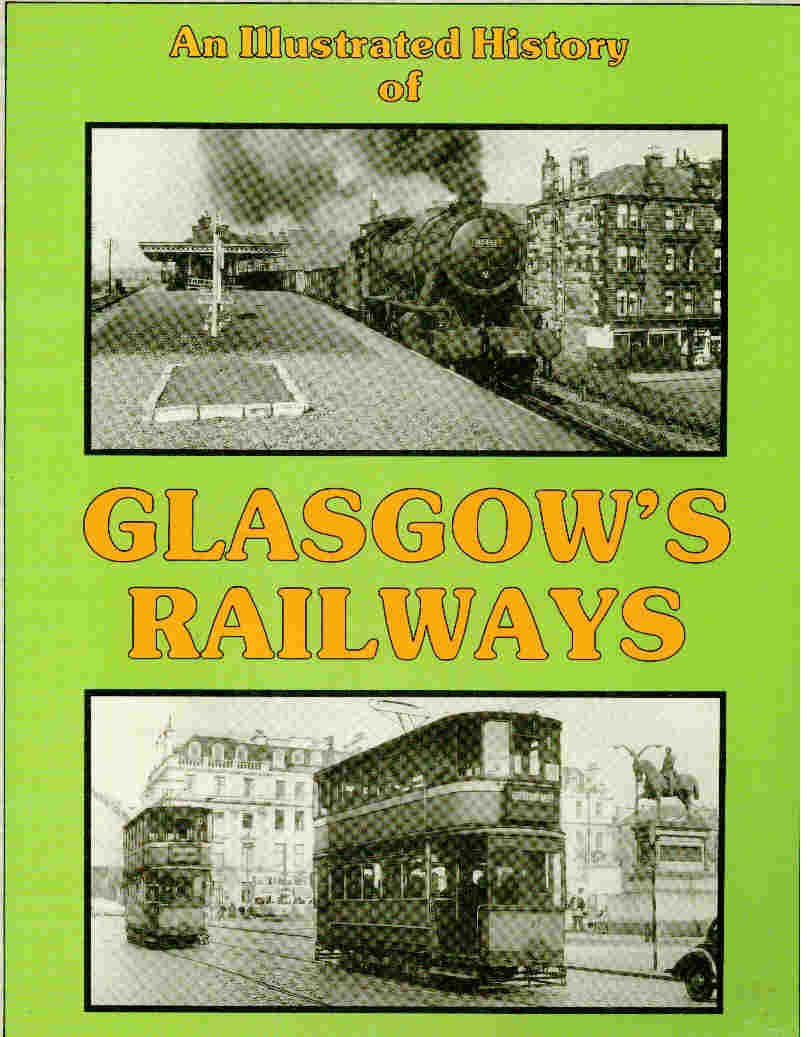Glasgow and Paisley Joint Railway
Introduction
This line is open. The line was built as a double track railway shared between the Glasgow, Paisley and Greenock Railway (later the Caledonian Railway) and the Glasgow, Paisley, Kilmarnock and Ayr Railway (later the Glasgow and South Western Railway).
Traffic levels increased and the line was quadrupled. When the line was quadrupled the tunnel at Arkleston, to the east of paisley, was opened out into a cutting. The line was converted back to double track when it was electrified.
Subsequently, and in anticipation of a new line to Glasgow Airport which was not proceeded with, the line was converted to three tracks, the central track being bi-directional and useful in rush hours.
Dates
Locations along the line
These locations are along the line.
This was a large terminus in Glasgow on the South bank of the River Clyde. No part of the original station remains but portions of its later extension remain on Bridge Street. It was replaced by Glasgow Central, just to the north over the River Clyde.
...
See also
Glasgow Central Station (Caledonian Railway)
Glasgow Central Station Extension (Caledonian Railway)
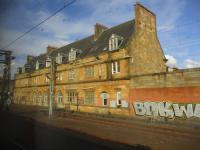
David Bosher 05/09/2022
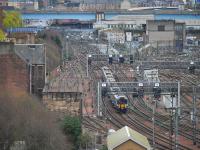
Bill Roberton 16/04/2023
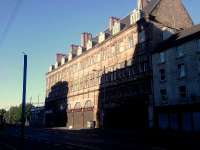
Graham Morgan 12/08/2006
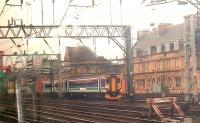
Graham Morgan 05/08/2006
This is a large junction to the south of Glasgow Central station on the south bank of the River Clyde. The junction, and crossovers to the north, allow a train from any platform to take any line.
...

Robin McGregor 06/04/1967
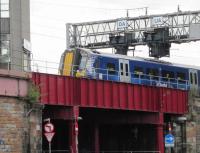
David Panton 19/10/2019
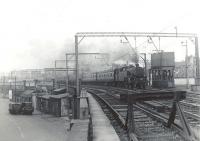
G H Robin collection by courtesy of the Mitchell Library, Glasgow 21/07/1964
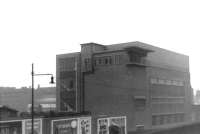
David Stewart //1961
This small works and locomotive running shed was the principal railway works of the Glasgow, Paisley, Kilmarnock and Ayr Railway. It was replaced by the Glasgow and South Western Railway's Kilmarnock Works in 1855.
...
This was a mineral depot with a a fan of sidings served from the Glasgow and Paisley Joint Railway, approached from the west.
...
This was the temporary terminus of the Glasgow and Paisley Joint Railway in Glasgow, used while the line was in preparation to the permanent terminus at Bridge Street. The extension to that station was elevated on arches. The extension opened to a temporary version of Bridge Street in 1840.
...
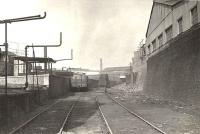
G H Robin collection by courtesy of the Mitchell Library, Glasgow 29/03/1956
This was the Eglinton Street Goods depot of the Glasgow and Paisley Joint Railway. It became the main parcels depot in Glasgow. Following this it was a permanent way base for First Engineering.
...
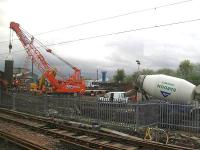
Graham Morgan 23/04/2009
This junction is on the Glasgow to Paisley railway, on the south bank of the River Clyde near Glasgow Central. Today this is the junction between the main Paisley line and the Smithy Lye through road to Shields Road and Shields Junctions.
...
...
More details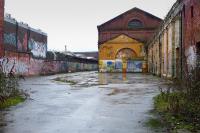
Bill Roberton 05/01/2023
This signal box controlled the approach to Eglinton Street Goods in Glasgow. This goods yard was approached from the west and was located on the south side of the Glasgow and Paisley Joint Railway.
...
This junction was immediately east of Pollokshields station (later Shields Road [GPJ]). It was the west end of a double track loop of the Glasgow and Paisley Joint Railway which began at Cook Street Junction (Cook Street Branch Junction) to the east. The loop served the Eglinton Street Goods which was at the east end of the loop. Access to the goods yard, coming from the west, ...
More details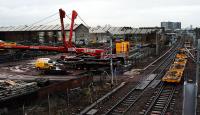
Ewan Crawford 27/12/2007
This was originally a two platform station opened in 1863 on the Glasgow and Paisley Joint Railway of 1840. A further four platforms opened to the south as additional lines opened. It opened in 1863 as 'Pollokshields' with Shields Road [CGU] opening in 1870 and Shields in 1885. There were waiting rooms on each platform and a ticket office on the Shields Road bridge at the east end of ...
More details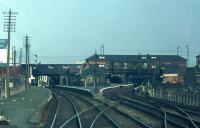
Brian Haslehust //1965
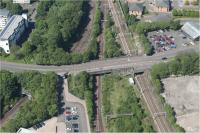
Network Rail /06/2023

David Panton 11/09/2010
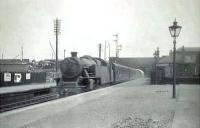
G H Robin collection by courtesy of the Mitchell Library, Glasgow 06/06/1950
This is the junction between the former Glasgow and Paisley Joint Railway and the later City of Glasgow Union Railway (opened 1870). The junction allowed trains from Glasgow St Enoch to join the route west to Paisley Gilmour Street. It was immediately west of the now closed Shields Road [CGU] station.
...
See also
City of Glasgow Union Railway
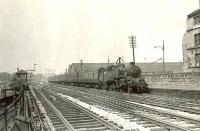
G H Robin collection by courtesy of the Mitchell Library, Glasgow 23/05/1959
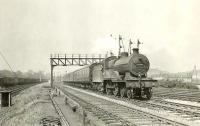
G H Robin collection by courtesy of the Mitchell Library, Glasgow //1959
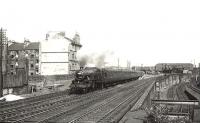
G H Robin collection by courtesy of the Mitchell Library, Glasgow 05/05/1956
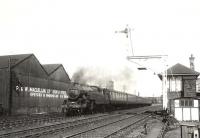
G H Robin collection by courtesy of the Mitchell Library, Glasgow 05/05/1956
Shields No 1 Junction is the junction between the Glasgow and Paisley Joint Railway of 1840 and the General Terminus and Glasgow Harbour Railway of 1849. The latter now longer accesses General Terminus but continues in its role as a 'bypass' of Glasgow Central for freight from Ayrshire to Lanarkshire and vice versa.
...
See also
General Terminus and Glasgow Harbour Railway

G H Robin collection by courtesy of the Mitchell Library, Glasgow 23/05/1959

G H Robin collection by courtesy of the Mitchell Library, Glasgow 05/05/1956

G H Robin collection by courtesy of the Mitchell Library, Glasgow 05/05/1956

G H Robin collection by courtesy of the Mitchell Library, Glasgow 05/05/1956
...
More detailsThis junction was west of Shields Junction No 1. This junction provided a secondary connection between the Glasgow and Paisley Joint Railway and the General Terminus and Glasgow Harbour Railway (chiefly a goods line). It was at the end of the conventional quadruple track from Paisley Gilmour Street and there was a yard on the south side of the goods line, a series of single ended ...
More detailsSee also
Paisley Canal Line (Glasgow and South Western Railway)
This junction opened in 1868 between the 1840 Glasgow and Paisley Joint Railway and the Govan Branch (Glasgow and Paisley Joint Railway). Ibrox station re-opened at the junction in 1871.
...
See also
Govan Branch (Glasgow and Paisley Joint Railway)
This was a four platform station. Two platforms on the main line and two on the line curving north to Govan Ibrox [Govan Platforms]. The two lines met at Ibrox Junction, immediately to the east.
...

G H Robin collection by courtesy of the Mitchell Library, Glasgow //1939

G H Robin collection by courtesy of the Mitchell Library, Glasgow //1939
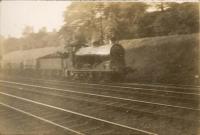
G H Robin collection by courtesy of the Mitchell Library, Glasgow //1937
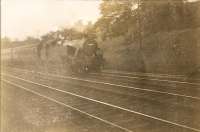
G H Robin collection by courtesy of the Mitchell Library, Glasgow //1937
This is a two platform station. There is a considerable gap between the platforms as the line had been quadrupled, due to increasing traffic, when the station re-opened in 1879. The line was reduced to two lines but a third line has been laid to increase capacity between Glasgow and Paisley.
...

Robin McGregor 13/03/1967
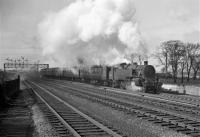
Robin McGregor 23/03/1966
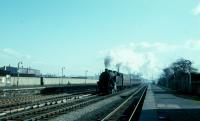
Colin Kirkwood 12/03/1966

David Panton 21/07/2018
This single lead junction is just west of Cardonald station. Its most recent purpose was to reach Deanside Transit.
...
See also
Shieldhall Branch (Glasgow and Paisley Joint Railway)
Glasgow and Renfrew District Railway

Robin McGregor 01/07/1965
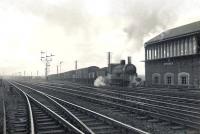
See
G H Robin collection by courtesy of the Mitchell Library, Glasgow 09/06/1959
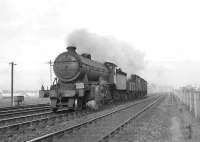
G H Robin collection by courtesy of the Mitchell Library, Glasgow 09/06/1959
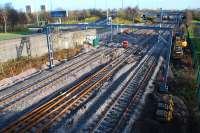
Ewan Crawford 27/11/2011
This is a two platform station to the south and east of the Hillington Industrial Estate. There is an old station building on the westbound platform.
...

David Panton 21/07/2018
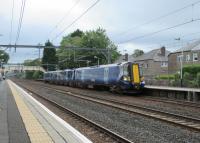
David Panton 21/07/2018

Robin McGregor 01/06/1963

Robin McGregor 01/06/1963
This is a two platform station.
...
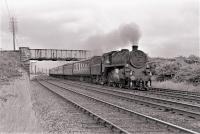
Robin McGregor 08/07/1965

Robin McGregor 08/07/1965

Robin McGregor 15/11/1965

David Panton 17/11/2018
This box opened north of the railway between Cardonald and Paisley Gilmour Street. The location is now Hillington West station (the station is just a little to the east).
...
This signal box closed in 1883 during quadrupling of the railway. It was located between Arkleston Tunnel and Penilee Signal Box.
...
This double track tunnel was east of Paisley Gilmour Street and the junction for Renfrew (Arkleston Junction. It was opened out when the line was quadrupled in 1870s-1880s.
...

Colin Kirkwood 01/05/1966
This junction is immediately west of the former Arkleston Tunnel and east of Paisley Gilmour Street.
...
See also
Paisley Abercorn Curve and Greenlaw Goods (Glasgow, Paisley, Kilmarnock and Ayr Railway)
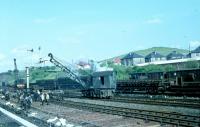
Colin Kirkwood 15/05/1966
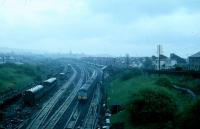
Colin Kirkwood 22/05/1966
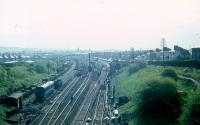
Colin Kirkwood 15/05/1966
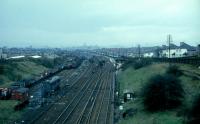
Colin Kirkwood 01/05/1966
Second Junction
...More detailsSee also
Paisley Abercorn Curve and Greenlaw Goods (Glasgow, Paisley, Kilmarnock and Ayr Railway)
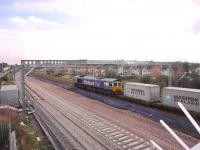
Bill Hamilton /03/2011
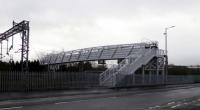
Colin Miller 20/02/2019
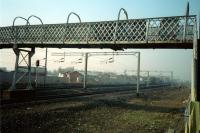
Ewan Crawford //1987
This junction is east of Paisley Gilmour Street. It is the junction between the lines to Greenock and Ayr.
...
See also
Paisley Abercorn Curve and Greenlaw Goods (Glasgow, Paisley, Kilmarnock and Ayr Railway)

David Panton 13/07/2019

Ewan Crawford //1988

G H Robin collection by courtesy of the Mitchell Library, Glasgow 02/06/1959

Colin Miller 01/06/2012
This is the principal station in Paisley (Paisley Canal is a terminus.) It is on both the line between Glasgow Central and Greenock Central, Gourock, Wemyss Bay and the line to Ardrossan, Largs, Ayr, Girvan and Stranraer.
...
See also
Glasgow, Paisley, Kilmarnock and Ayr Railway
Glasgow, Paisley and Greenock Railway
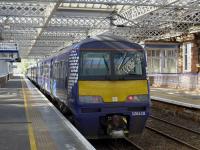
...
Bill Roberton 14/10/2023
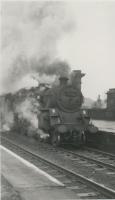
Colin Kirkwood 08/04/1966
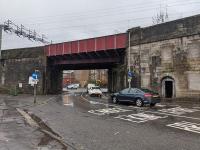
...
Network Rail /12/2021
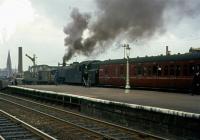
Colin Kirkwood 14/09/1963




